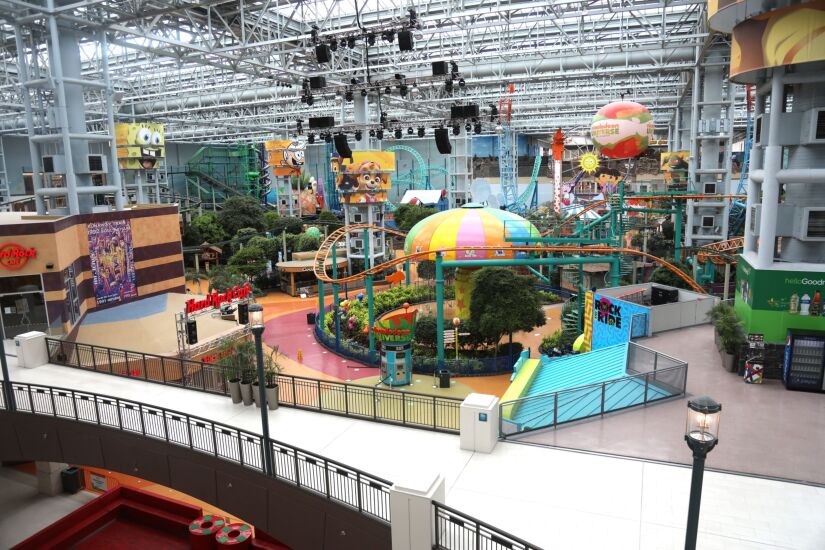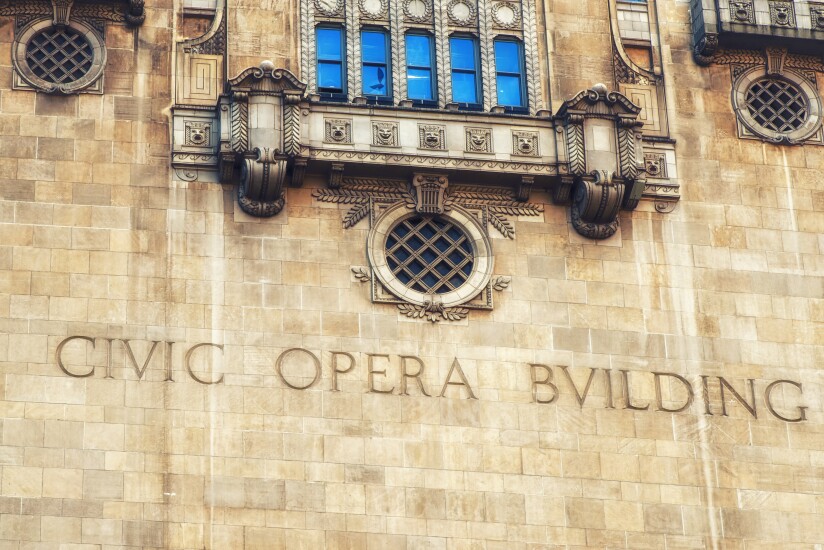Business owners and commercial-property landlords fed an explosion in demand for improving ventilation last year, driven by efforts to create safer environments amid the sudden COVID-19 outbreak.
But funding those changes grew increasingly difficult via traditional finance channels, according to DBRS Morningstar, as lenders grew more cautious from the economic impact of the coronavirus spread.
But their recalcitrance allowed commercial PACE lenders to fill the void, providing a substantial boost to the market for property assessed clean energy financing in the latter half of the year -- a channel mostly utilized for energy improvements in buildings, including solar panels and more efficient HVAC systems.
"Under the backdrop of the coronavirus, demand for air purification, filtration, and ventilation systems has accelerated, with business owners and landlords seeking ways to create safer properties," noted a report from the ratings agency.
C-PACE originations grew to $508 million last year, driven mostly by activity in the latter half of the year, according to the agency. C-PACE programs allow businesses to finance improvements via annual or twice-annual ad valorem assessments, similar to programs that have been in place for years for residential energy improvements.
C-PACE lenders were particularly helpful with owners who needed retroactive financing for projects that had already been completed, "providing a much-needed boost to liquidity under tight lending conditions," the report stated.

Most pooled C-PACE deals rated by the agency have upsized facilities "in anticipation of more lending opportunities," as well as larger C-PACE loans as "wider acceptance of C-PACE financings among larger developers" grows, the agency wrote.
"Market participants are optimistic about C-PACE, especially in the wake of major metropolitan cities, including Chicago, New York, and Philadelphia adopting legislation allowing C-PACE," according to DBRS Morningstar.
Glen Fest








